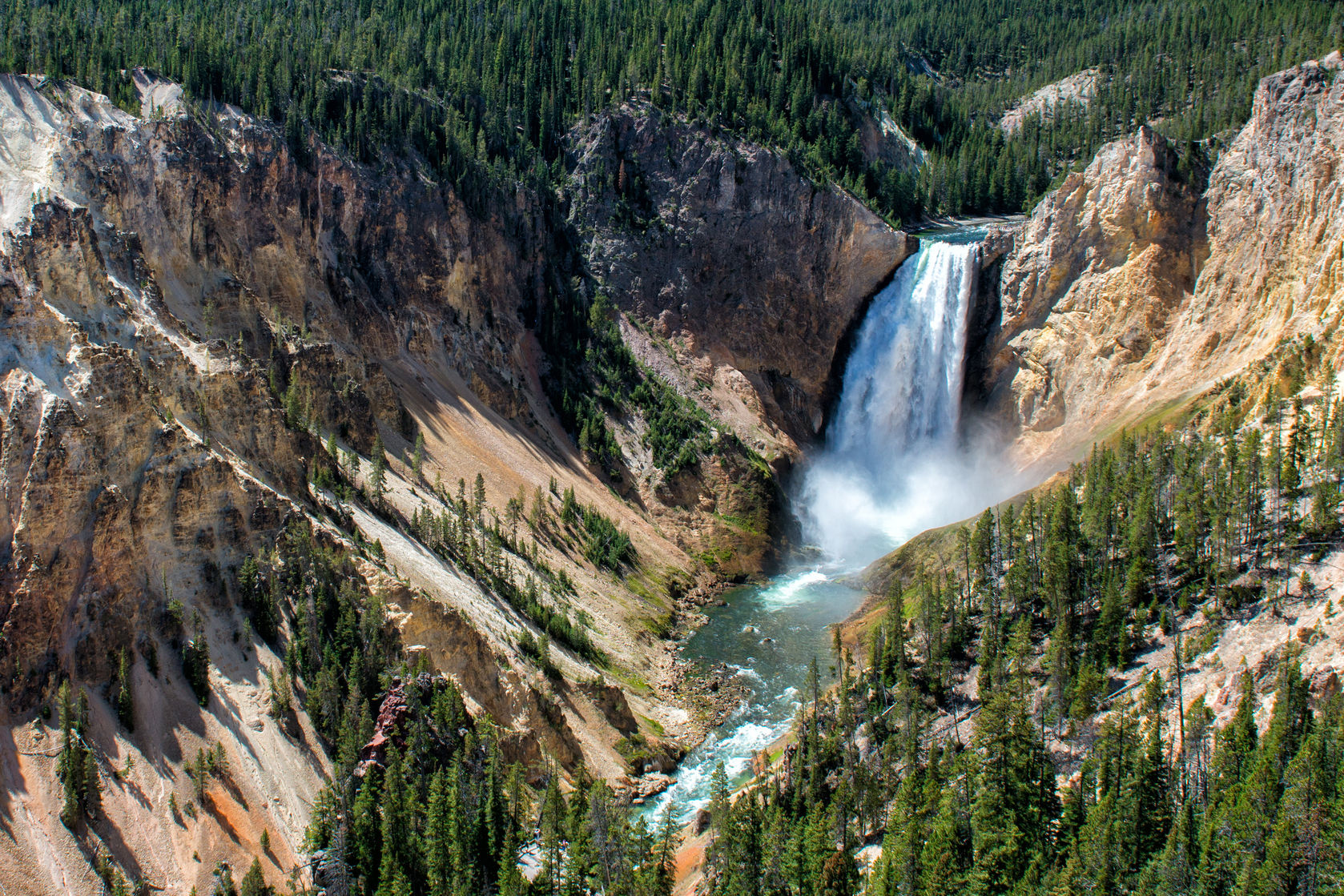Over the last year, celebrations of the National Park Services’ 100th Anniversary have been ongoing, and the Park Service as well as individual parks have rightly celebrated the national treasures our parks are. As August 25th comes and goes, there are reasons, however, for concern about the future of those very parks.
The image I and many Americans have of our national parks come from the incredible experiences we’ve had enjoying them. Some of my favorite childhood memories are of summers spent camping and exploring in Yellowstone and Grand Teton Parks. Like most Americans I hope that future generations of children will be able to have the same experience.
Political realities, however, place that hope in jeopardy. The Park Service has a history of making politically expedient but environmentally and recreationally harmful policy choices.
For decades political wrangling between the park service and Congress has led to an enormous backlog of deferred maintenance in our national parks that totals almost 12 billion dollars. The Park Service only has the resources to solve some of the problems and so turns to the most pressing and faces strong incentives to allow minor problems to fester until they escalate into crises that force congressional action. As a result, the Park Service effectively manages for maintenance failure in many instances.
The backlog of nearly 12 billion dollars of deferred maintenance includes everything from aging sewage and water supply systems, nearly 700 Million Dollars, to roadways, over 6 Billion Dollars, and even at least 550 Million dollars for campgrounds and trails. the basic recreational facilities we expect when we go to our National Parks.
At first it seems that if Congress provided more money to the Park Service, they could easily solve the problems. Strong evidence from past experience, however, suggests that even if Congress allocated more resources, manufactured crises would continue to be an effective way to engage in the budget process.
At least as early as 1968, the Park Service has used crisis driven strategies to argue for increased budgets. When congress began seriously considering the Park Service Budget, administrators decided to shut down access to the Washington Monument. When tourists found their visit to the monument interrupted the Park Service suggested they contact their congressman and ask why. This strategy, which has come to be known as the “Washington Monument Strategy” of playing politics with access to public parks and monuments plays itself out again and again, as recently as the recent budget impasse where closed National Parks became a rallying cry in the budget fight.
Unfortunately playing politics may leave our National Parks not just shuttered till the crisis passes, but in a state of disrepair that jeopardizes the achievement of their mission.
More disturbingly, it isn’t just fights over maintenance that are politically driven. The very management approaches taken by Park Administrators are similarly political. Park Service bureaucrats often respond to political pressures from interest groups rather than managing for their mission and recreational and environmental health of the park.
These pressures manifest themselves in the management strategy of natural regulation the Park Service has adopted. Natural regulation asserts that human intervention in the environment is unnatural and that minimizing or eliminating that influence should be the management goal. One example of this policy approach came about after strong pressure to cease culling elk herds in Yellowstone. Public outcry lead by a few vocal interest groups led the Park Service to search for an elk management strategy that was politically palatable but not necessarily environmentally healthy.
Like budgeting by crisis, this political management has dreadful consequences for those who care about our national parks. As a result of the park’s policy of non-intervention which ended culling, elk populations dramatically increased, and the increased elk population had dramatic impacts on the vegetation of the rangelands where they grazed.
After at least fifty years of management by these politically driven strategies the evidence suggests that Yellowstone Park has been damaged by this political management, leaving maintenance undone and the northern range in near desperate condition. Endangering future generations of children’s hope of creating the same summer memories I did.









